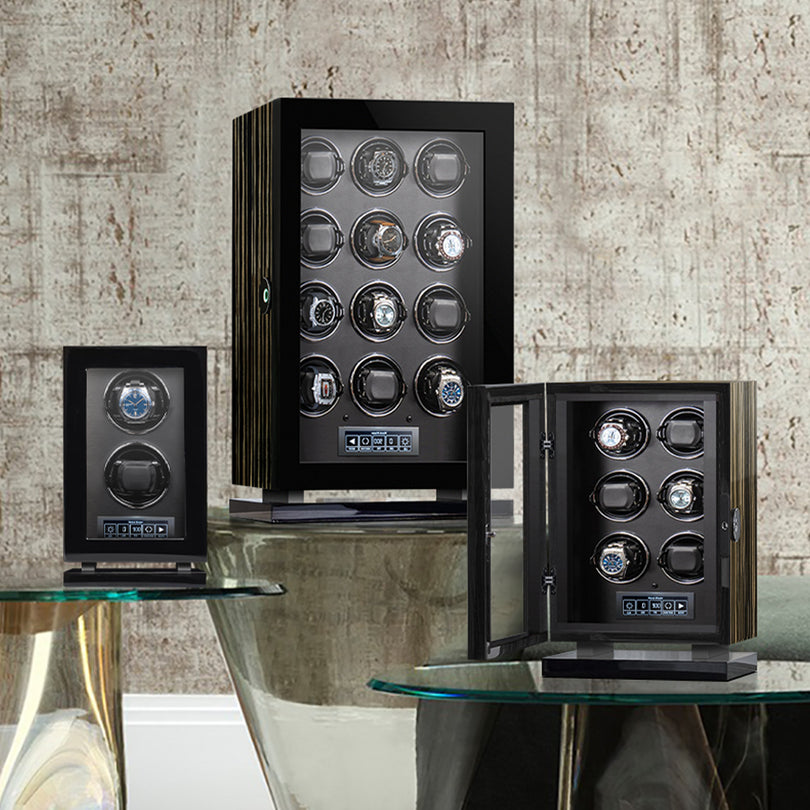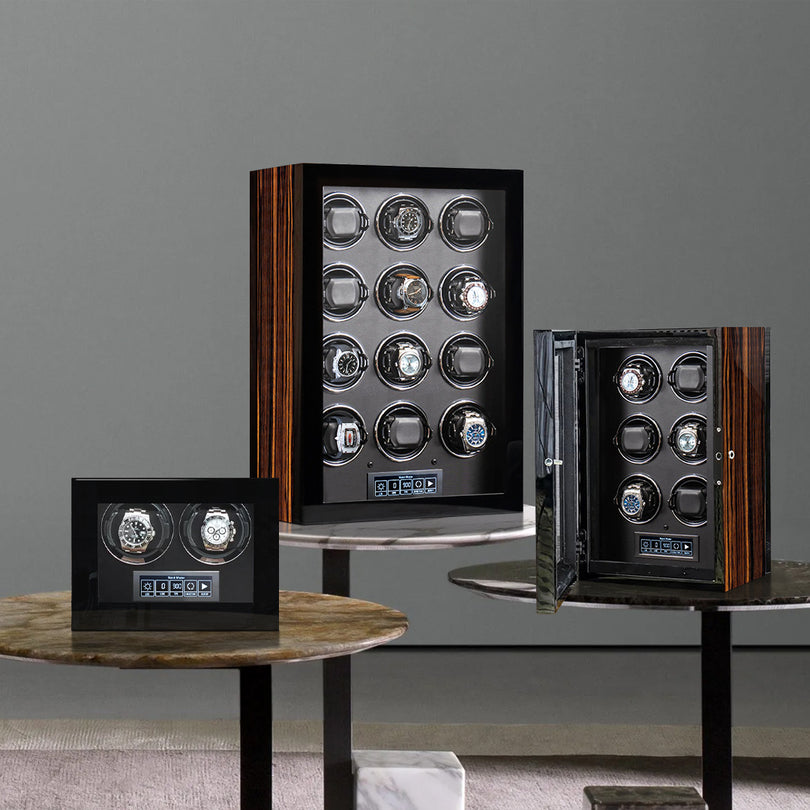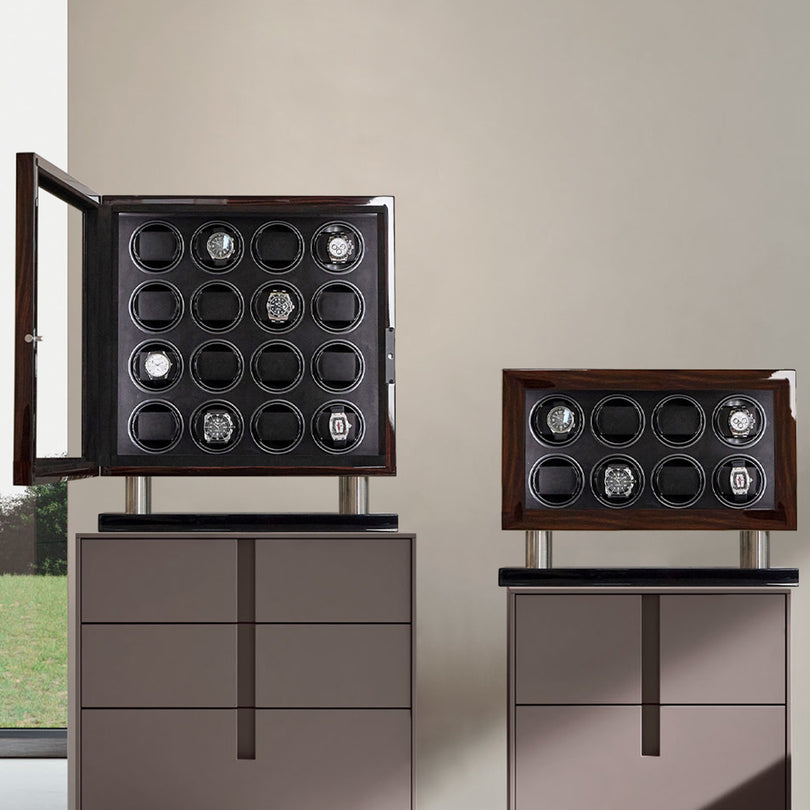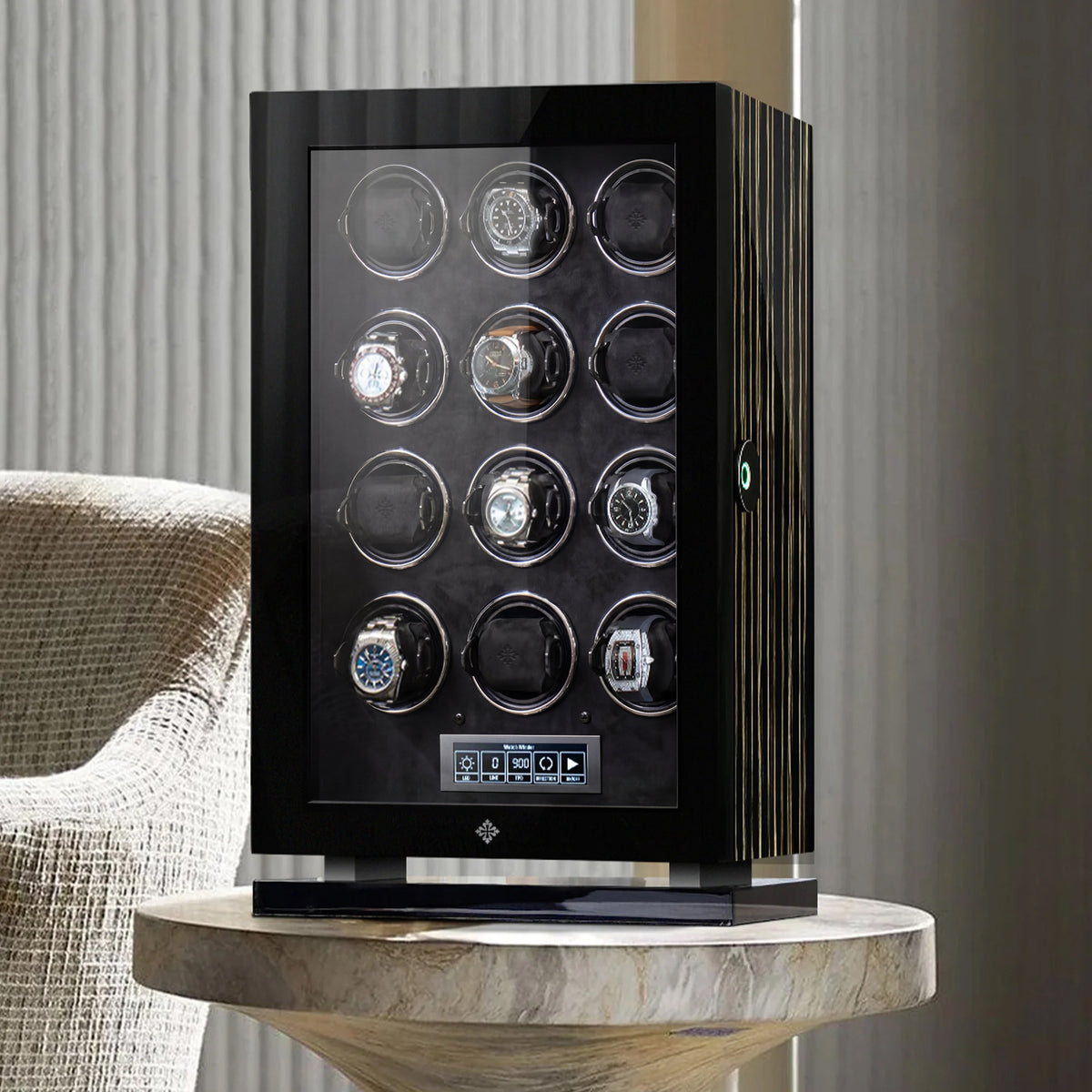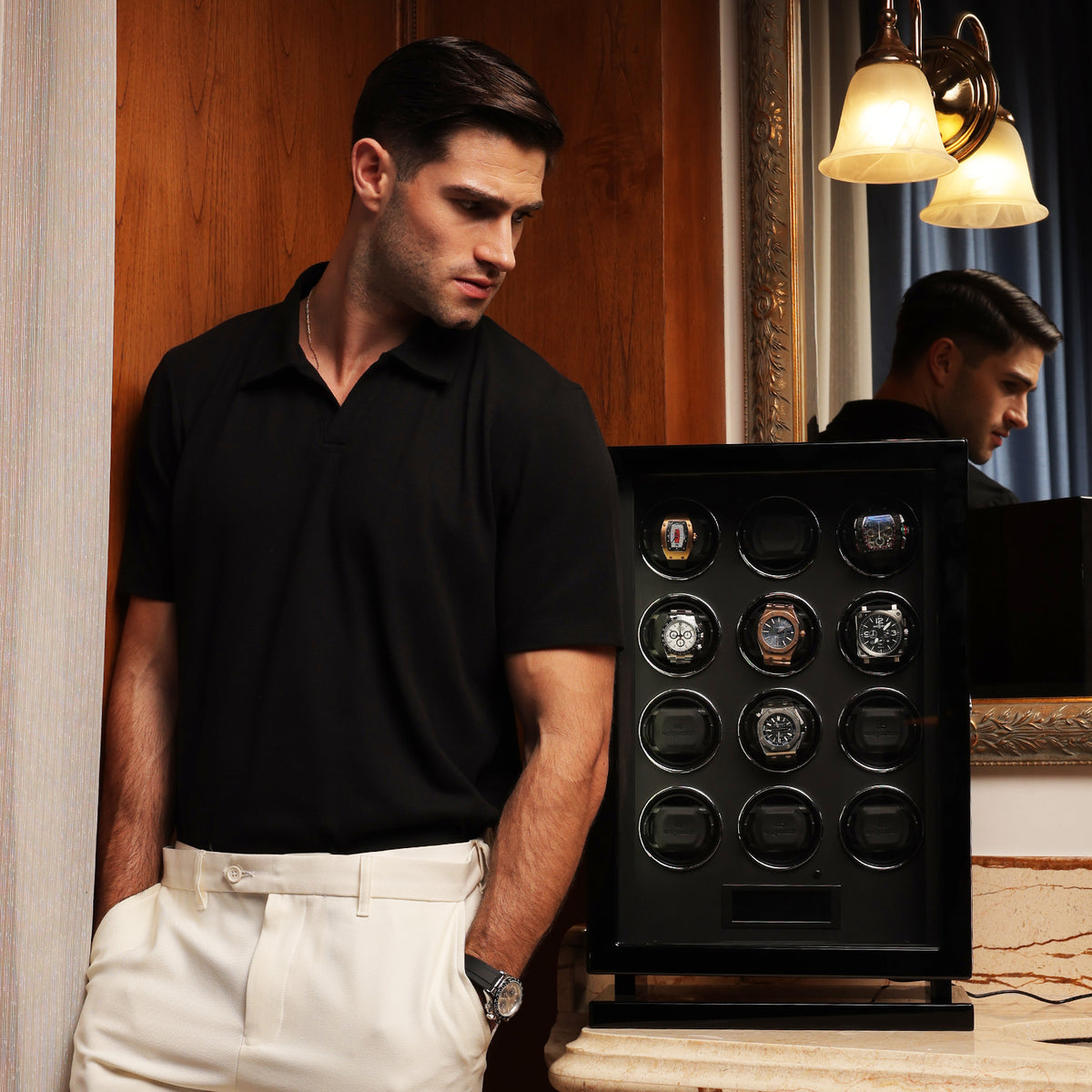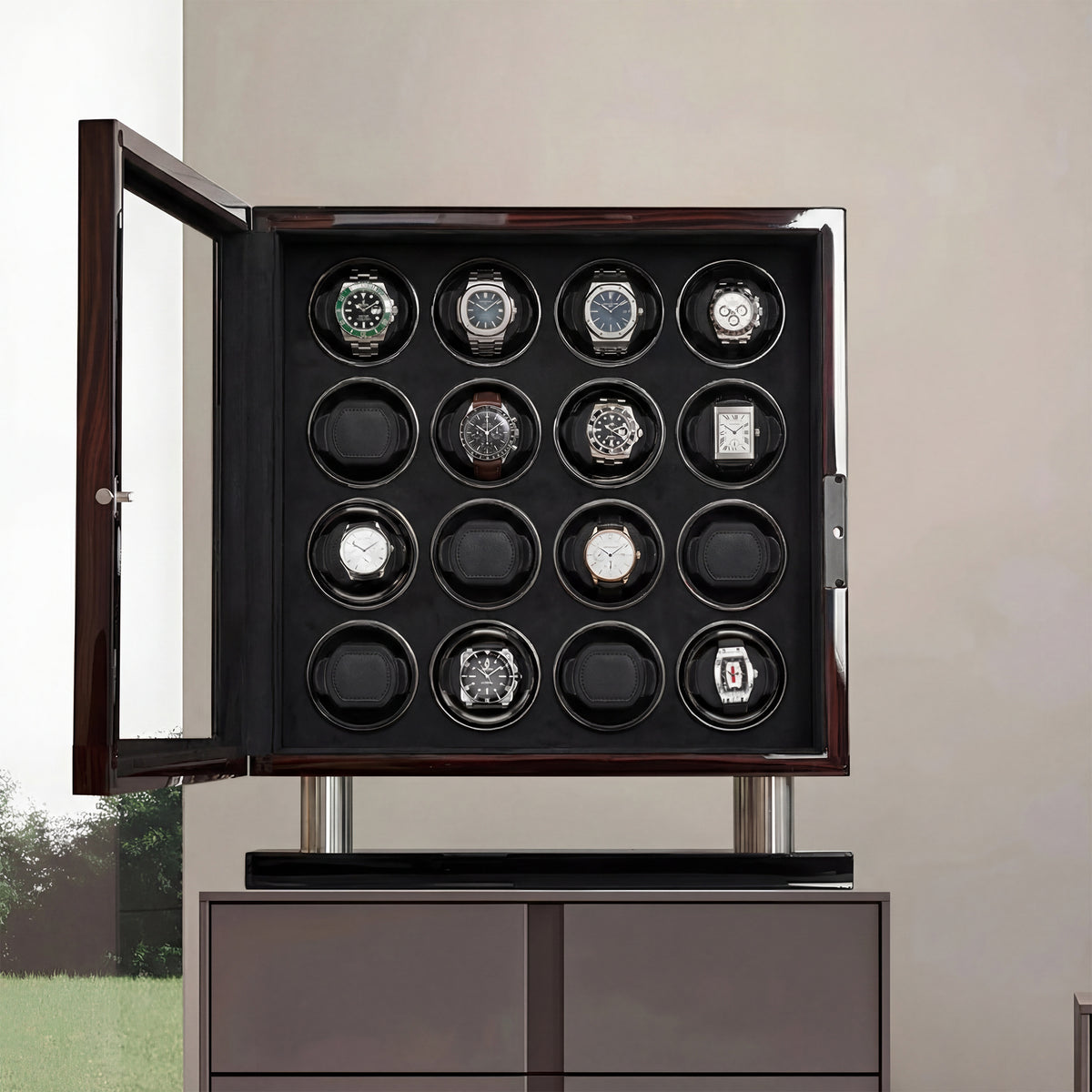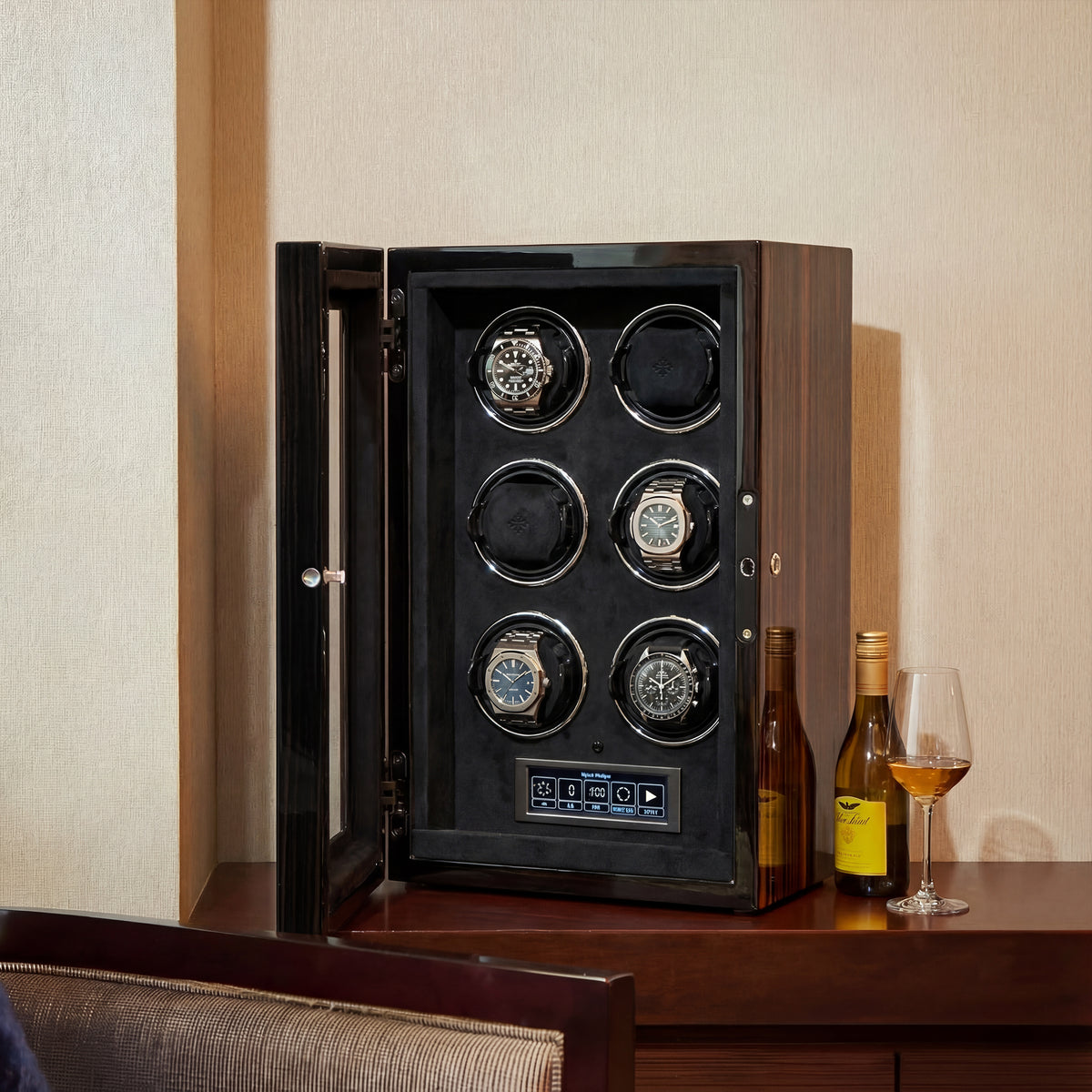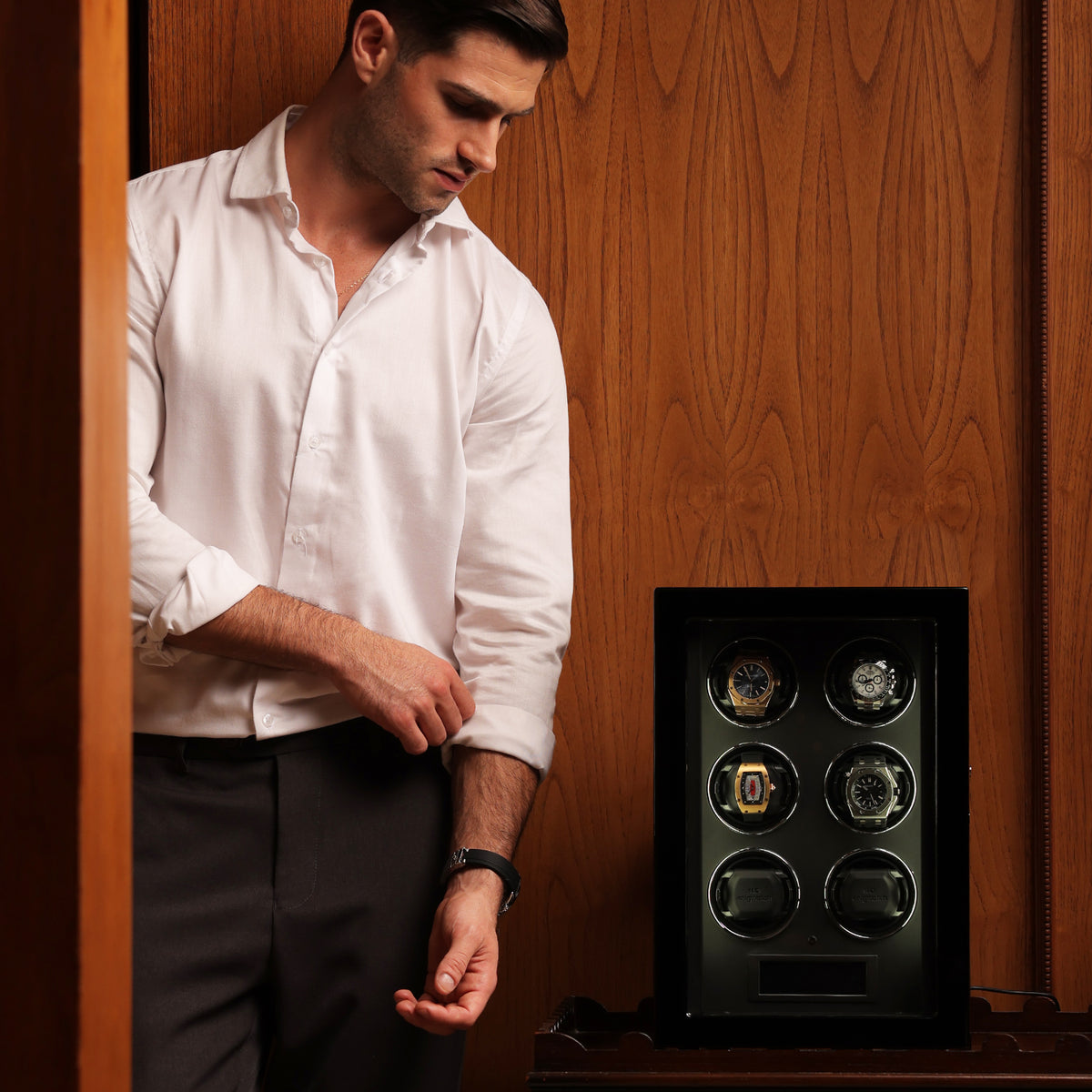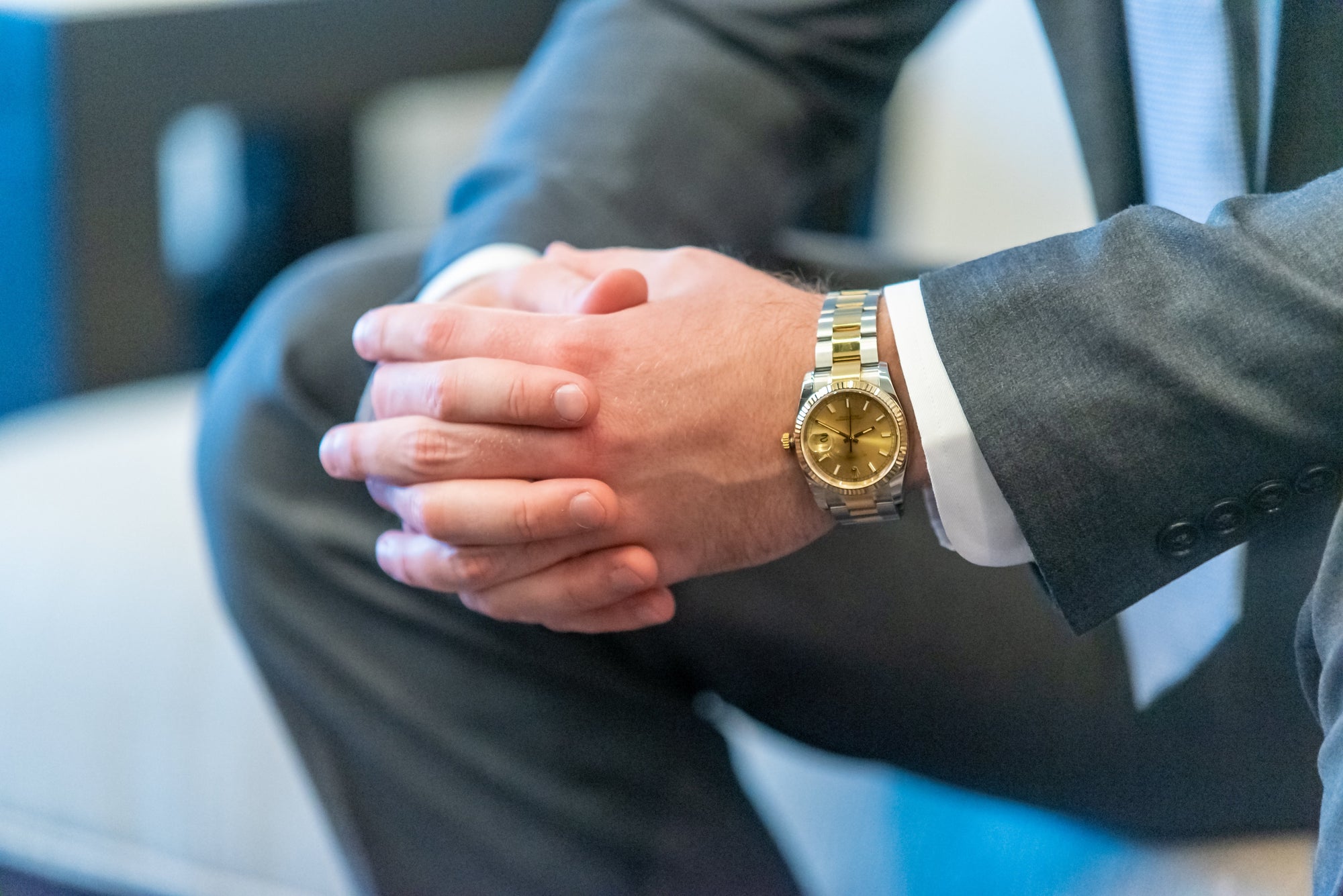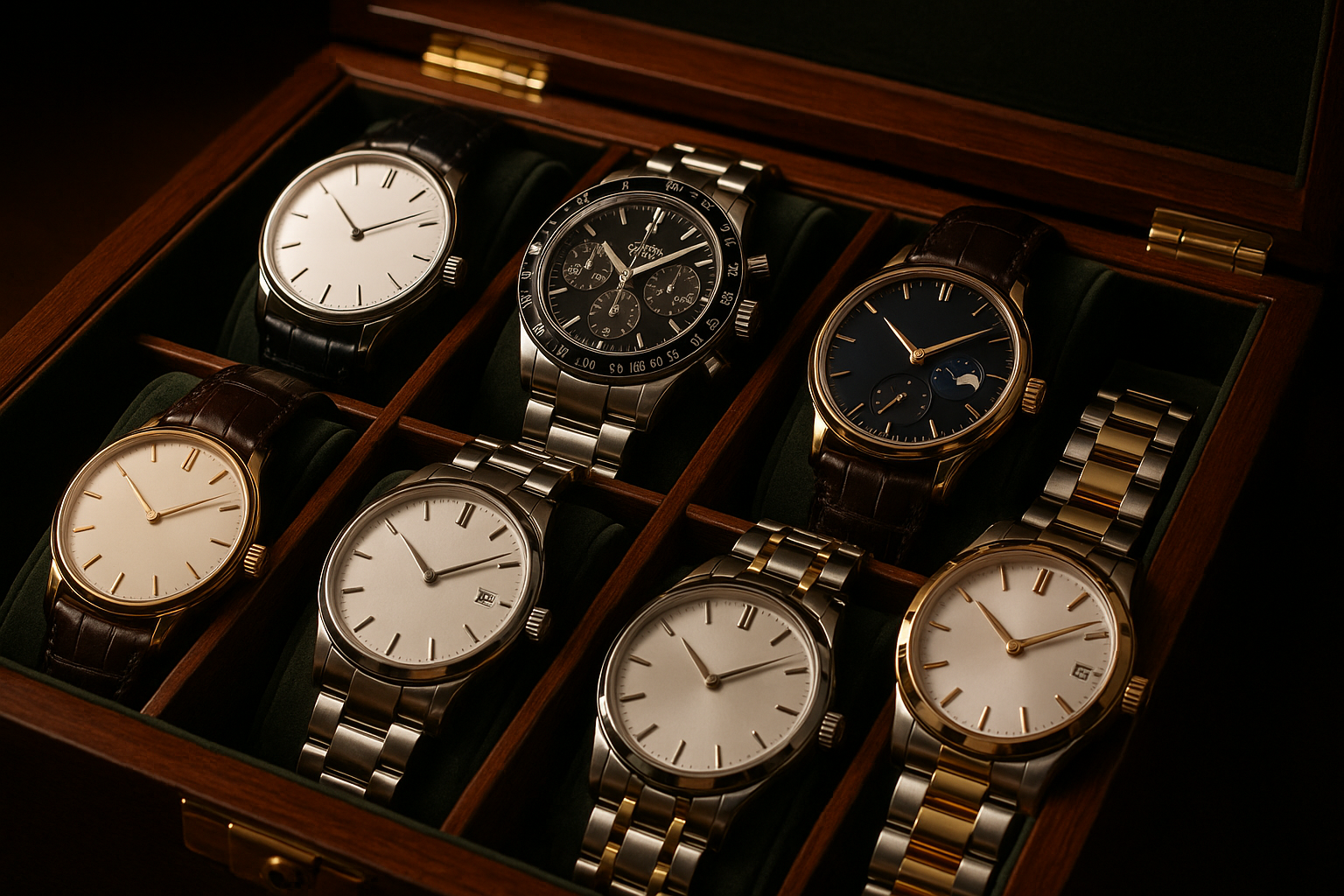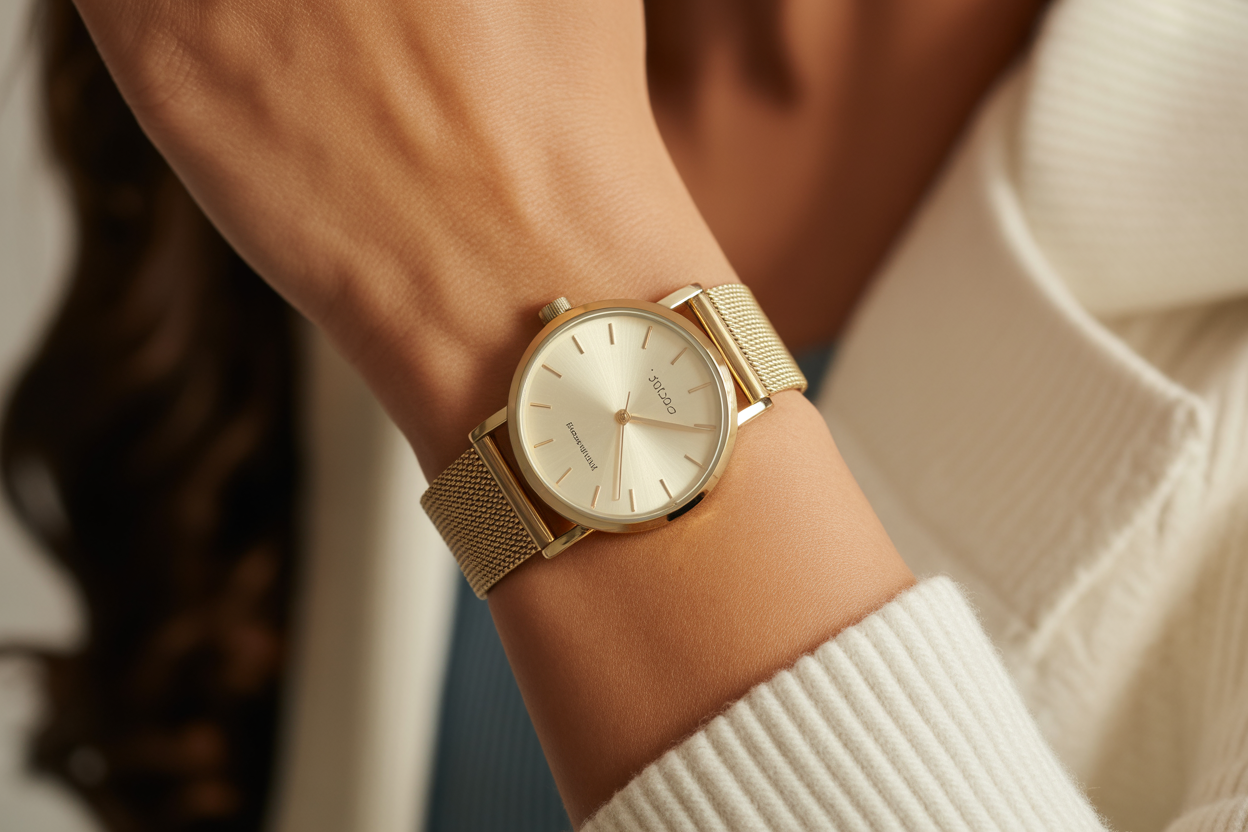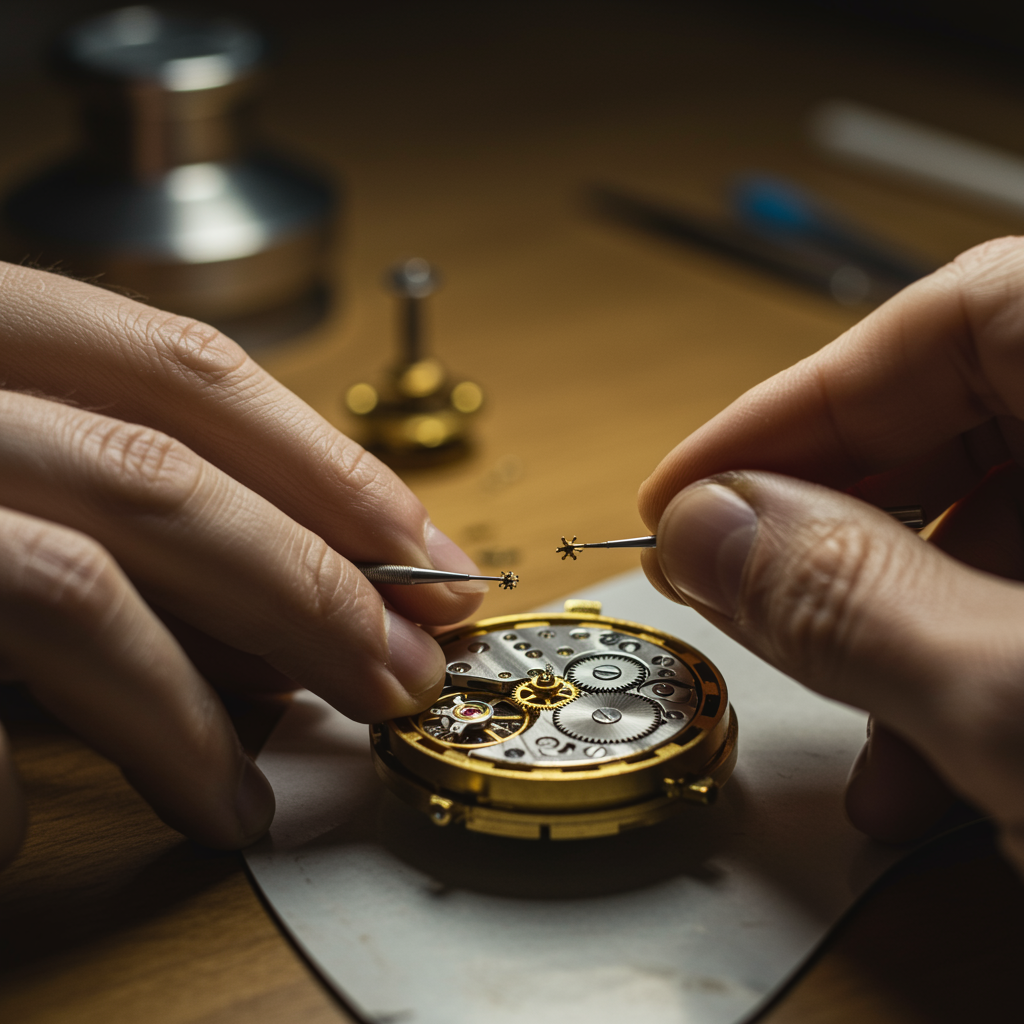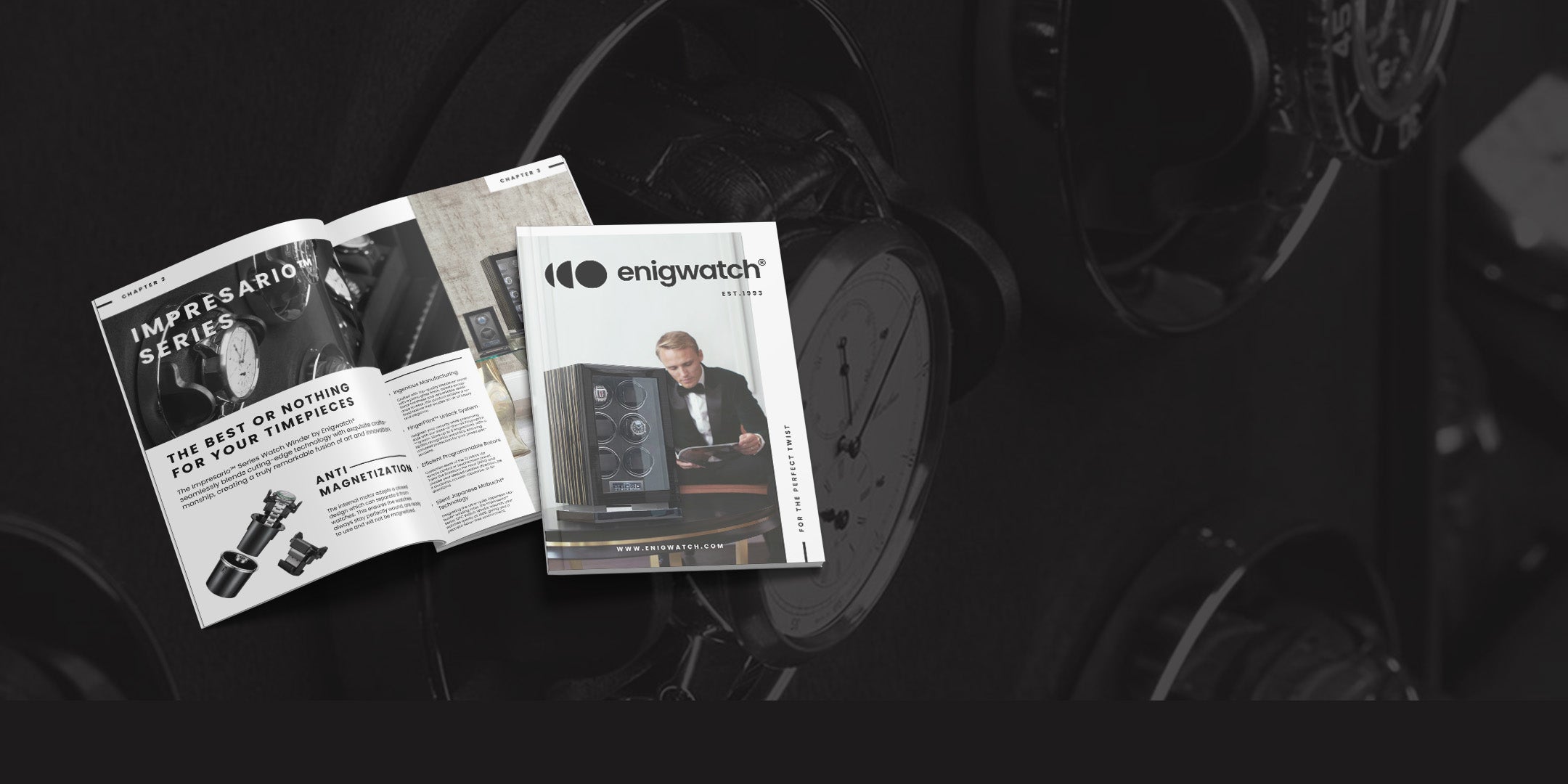In the world of horology, one of the most frequently asked questions is, “What is my watch worth?” For collectors, enthusiasts, and everyday owners alike, knowing the value of watches by serial number can feel like cracking a secret code. While serial numbers are designed to serve as unique identifiers, do they genuinely disclose value? And more importantly, can they help spot fakes?
In this article, we’ll explore:
- What watch model numbers and serial numbers are (and how they’re different)
- How you can look up a watch’s serial number to glean information
- How to use the serial number as part of authentication
- Whether a fake watch can bear a serial number and how to spot that
By the end, you’ll have a clearer understanding of how serial numbers determine value and authenticity and the limits of that information.
Also read: How to Tell a Real Rolex from a Fake: Essential Tips
Understanding watch model & serial numbers

What is a model (reference) number versus a serial number?
To begin, it helps to distinguish model (or reference) numbers from serial numbers. Though many people use the terms interchangeably, they serve distinct purposes:
- Model / Reference number: This numerical code designates a particular design, or variant, of a watch. It often encodes information about the case style, dial version, bezel, material, and movement. Collectors and brands use model numbers to classify watches into specific “families”.
- Serial number: This is intended to be unique to each individual watch. It distinguishes one unit from all others of the same model and is used by manufacturers to track production, warranty, and service history.
For example, a brand like Rolex might use a model number like “116610LN” to refer to a stainless steel Submariner with a black bezel but then assign each physical Submariner a distinct serial (or “production”) designation.
Serial numbers help brands track chronology (the year of manufacture), control warranty and repairs, and maintain records. Over time, collectors have attempted to correlate serial numbers with production batches, rarity, and thereby value.
Where are serial numbers located?
The placement of serial numbers varies by brand, era, and design. Common locations include:
- The serial numbers are typically located between the lugs, particularly at the 6 o'clock or 12 o'clock positions, where the strap attaches. You may need to remove the strap or bracelet to see it.
- On the rehaut (inner bezel or flange), particularly in newer models (e.g., Rolex sometimes moved its serial engraving to the rehaut)
- On the movement itself (in some watches the internal movement parts carry serials)
- On the case back (especially for modern watches or brands that seal their cases)
It’s worth noting that some brands have shifted how they encode or randomize serial numbers over time, making it harder to reverse-engineer the production date or rarity. For instance, Rolex switched to randomized serial numbers after 2010, which broke the simple chronological sequence many collectors used.
Some movements (especially in high-end or limited-edition watches) may also carry movement serial numbers or calibre identifiers, separate from the case serial number.
Why serial numbers are meaningful (and their limits)
Serial numbers are appealing because they carry the promise of uniqueness and traceability. In theory, a serial number can:
- Tell you (or allow you to guess) the production period (year, batch)
- Help verify whether the watch is genuine (if the numbering matches brand norms)
- Link a watch to service or warranty records
- Establish provenance or past ownership (if documented)
However, there are important caveats:
- Serial number alone does not determine value. Value depends on condition, rarity, demand, provenance, and whether the watch comes with a box and papers.
- Brands change practices. Randomized serials, reissued numbers, or gaps in sequences may create ambiguity.
- Counterfeiters can replicate serial numbers. A fake watch may carry a serial number that mimics a legitimate one (or even plagiarize one from a real watch).
- Serials can be altered or removed. Some fake or tampered watches may have the serial etched, buffed, or re-stamped.
Thus, while serial numbers are a powerful tool in your toolbox, they’re not a guarantee of authenticity or value by themselves.
How can I look up a watch serial number?

If you’re curious about your watch’s serial number or you suspect one you’re considering buying, here are steps you can take to look it up and interpret it.
Step 1: Locate the serial number
First, you need to physically find the serial number. Some tips:
- Remove the bracelet or strap, and check between the lugs (often near 6 or 12 o’clock)
- Inspect the case back (if the watch design allows)
- Look in the rehaut (for watches that have inner bezel serial engravings)
- For vintage or mechanical watches, open the case (or have a professional do so) to inspect the movement. Serial and calibre information may be on internal surfaces.
Use good lighting and magnification when reading engravings. Some are extremely fine or faint.
Step 2: Use brand or manufacturer archives or extract services
Many luxury watch brands offer “archive extract” or historical certificate services. These are official records from the manufacturer that confirm:
- The serial number
- The original date of manufacture
- The model / reference
- Sometimes the original configuration (dial, hands, case)
If your brand offers such a service, it is one of the most authoritative ways to validate serial number data. Some brands or authorized service centers can check their internal databases to see whether a serial corresponds to a genuine unit (or whether it’s reported stolen).
Step 3: Use third-party serial or register databases
A number of independent services and databases allow you to check or cross-reference serial numbers. Some of these include:
- The Watch Register: This is a database for stolen and lost watches. You can submit serial numbers to see if a watch is flagged.
- Auction/listing sites and valuation tools: Platforms like Chrono24, WatchCharts, or other price index services allow you to compare recent sales, often keyed by model and sometimes by serial range.
- Collector forums and reference guides: Enthusiast communities (WatchUseek, Hodinkee forums, etc.) often maintain serial lists or threads on specific brands.
- Brand-specific serial lookup charts: Some brands have known serial ranges or prefixes for different eras (e.g. older Rolex serial charts, Panerai letter codes).
- Archive/extract service vendors: Some vendors (independent of the brand) offer “authentication reports” or archival checks for a fee.
These tools help you check whether a given serial number is plausible for a given brand, model, and era.
Step 4: Interpret the result
Once you have the serial data, ask:
- Does the serial number match known patterns or ranges for that brand and model in that period?
- Does it concur with any manufacturing dates or references listed in catalogs or brand charts?
- Are there multiple watches out there with the same serial number (a red flag)?
- Has the serial been flagged as stolen or blocked in the register databases?
- Do the physical engraving style, depth, font, spacing, and quality match known genuine examples?
By combining these checks, you improve your chance of spotting anomalies.
How to authenticate a watch with a serial number?

While a serial number alone doesn’t guarantee authenticity, it’s a key piece in the puzzle. Here’s how you can use it in a broader authentication process.
1. Match serial number to documentation
If the watch comes with a box, warranty card, certificate, or original papers, the serial number on the watch should exactly match what’s on the documentation. This is a primary checkpoint. Many counterfeiters will fake one or the other, but mismatches are common red flags.
If the watch lacks documentation, insist on other forms of proof (service records, archive extract) to support its provenance.
2. Check engraving quality and style
Genuine serial engravings are done with precision machinery, leaving clean, crisp, consistent characters. Counterfeit or re-etched numbers may show:
- Uneven depth
- Jagged edges
- Signs of polishing or buffing
- Shallow or faint marking
- Inconsistent font spacing
For instance, replica serial numbers are sometimes made up of tiny dots, producing a “sandy” texture rather than smooth lines.
Also inspect surrounding areas for tool marks or signs of tampering.
3. Cross-reference in serial databases or brand archives
As discussed above, check whether the serial is plausible for that model and era, whether it's been flagged in a stolen register, and whether others have reported the same serial.
If possible, request or obtain an archive certificate from the manufacturer to validate that serial number.
4. Examine movement, case, and component matching
Beyond serial numbers, a full authentication will compare dozens of parts: movement, dial, hands, case finishing, crown, markers, bracelet, and end links. Authenticating experts don’t rely on just the serials because they can be faked or altered.
When possible, open the case (by a trusted watchmaker) and confirm that the internal movement has matching caliber numbers or serials consistent with what that brand used.
5. Check for consistency and wear
Signs of mismatched wear (e.g. a watch serial number area is unusually clean, or the casing around it has been heavily polished) can hint at tampering. Furthermore, check if the watch's physical condition, patina, and wear match the purported age implied by its serial number.
6. Seek expert authentication
If any uncertainty persists, please consider seeking a professional opinion. Trusted watch dealers, brand-authorized service centers, and third-party authentication services can often provide a definitive judgment (sometimes destructive or minimally invasive). Many will take apart the movement, test parts, compare to official schematics, and confirm the matching set is original.
Can a fake watch have a serial number on it?

Yes... in fact, many counterfeit and replica watches do carry serial numbers. In some cases, duplicating a realistic serial is part of the deception. But there are telltale signs and limitations. Let’s examine this more closely.
Why counterfeiters sometimes include serial numbers
- To mimic legitimacy: A watch with no serial number immediately raises suspicion, especially for a brand known to use them.
- To pass superficial inspections: Many non-expert buyers will see a serial and assume authenticity.
- To reuse known serials: Some high-volume replicas may reuse a few “safe” serial numbers that are already circulated, thus many fakes might share the same number.
However, there are limits. High-end brands guard unique numbering schemes, use precise engraving processes, and may embed additional security markings (e.g. micro-etchings, internal codes) that are harder to fake.
Signs a serial number might be fake
Here are some red flags when you see a serial on what may be a counterfeit:
-
Reused serial across multiple watches
If you search a serial and find many watches claiming the same number, that may be a red flag. Genuine watches should have unique numbers. -
Poor engraving quality
As noted above: inconsistent depth, jagged edges, and fuzzy or dotted engraving rather than sharp. -
Serial out of expected range
If the serial falls outside known production batches, model ranges, or brand norms for that era, that’s suspicious. -
Serial doesn’t match documentation
If the number on the watch diverges from the paperwork, it's a strong warning sign. -
Tampered or re-etched surface
Evidence of polishing, resurfacing, tool marks, or uneven metal around the engraving may indicate the serial was altered or replaced. -
No additional verification or archival trace
If the serial cannot be matched or traced in any official or credible database or brand archive, that raises doubts. -
Mismatched internal parts or movements
Even with a serial, if the movement or internal components don’t align with what that serial and model should use, that undercuts the serial's credibility.
Importantly, as collectors in forums and discussions often point out, a convincing case and matching serial number may still mask an otherwise carefully built fake.
The relationship between serial number and watch value

Now that we’ve covered how to interpret and authenticate serial numbers, how does this relate to value? Can the serial number itself drive or reflect price? The short answer: sometimes, but only in combination with other factors.
How serial numbers can influence perceived value
-
Low or “special” serials
For some collectors, the earliest or low-numbered examples (e.g. “#001/500”) or certain milestone serials may carry a premium. -
Limited editions or block series
If the serial indicates a limited series (e.g. “/1000”), that adds scarcity value. -
Archive importance
When a serial number is backed by a brand archive extract, it contributes to authenticity and desirability. -
Provenance ties
A serial number linked to a prominent previous owner can increase value (e.g. celebrity ownership, historical significance).
Why serial number alone seldom determines value
Even a perfect serial number won’t trump other core value factors:
- Condition (mechanical, dial, case, wear)
- Completeness (box, papers, original parts)
- Rarity / demand (popularity of model, scarcity, supply)
- Market trends (collector interest, brand hype)
- Service history and movement health
Key notes
Here’s a quick checklist to help you put all of the above into practice:
- Locate and read the serial number (cleanly, with magnification).
- Record it exactly (letters, spacing, and punctuation, if any).
- Compare with documentation (box, papers) they must match.
- Examine engraving quality, font, depth, and signs of tampering.
- Compare the serial range with brand/model reference charts or known ranges.
- Use databases (stolen watch registers, resale platforms, and brand archives) to cross-check.
- Inspect the movement and internal parts to determine if they match the specifications for that serial number and model.
- Compare physical condition, style, and aging with what’s expected for that era.
- If possible, obtain a manufacturer’s archival certificate or service history.
- Seek expert authentication if any doubts remain.
When you combine these checks, the likelihood of misidentifying a fake or misvaluing a genuine piece decreases significantly. If you already acknowledge the watch serial number value affects your collection, you might want to check whether your watches have a high value and protect them inside a watch safe box to guarantee their sustainability for years to come. Click here to browse our watch vault collection.
Conclusion
The value of watches by serial number is a compelling notion, and serial numbers are a critical part of authentication and historical tracing. But, as we’ve seen:
- Serial numbers are not value drivers on their own
- They must be assessed in context (model, condition, rarity, provenance)
- Counterfeit watches can carry serial numbers, so scrutiny is essential
- The best approach is a holistic one, combining documentation, internal inspection, brand archives, and expert judgement.
In short: think of the serial number as one strong piece of evidence, not as the full verdict. Use it wisely, cross-check it rigorously, and always pair it with other authentication steps.

